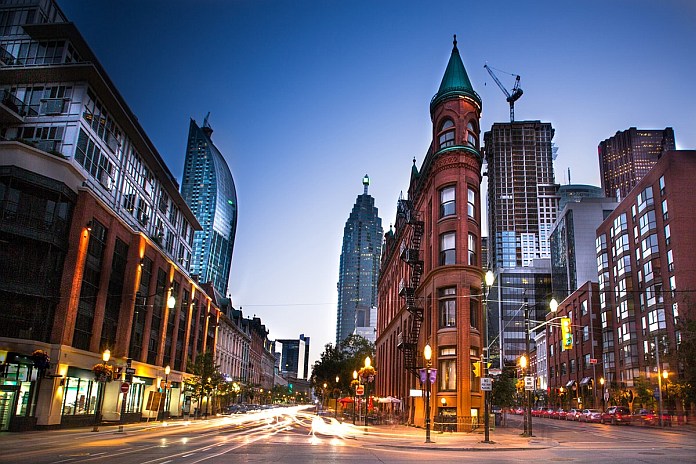By Kareem El-Assal
MONTREAL, Canada (CIC NEWS) – Canada’s 2020-2022 Immigration Levels Plan announcement will spark much discussion. The discussion will center around issues such as the number of immigrants Canada will welcome, which categories they will fall under and whether Canada has the capacity to integrate these newcomers into its economy and society.
All these issues are important and merit much discussion and debate. But there usually is not much talk about what goes into determining immigration levels.
The difficult decision of identifying how many newcomers Canada will welcome each year is shaped by six major factors:
- Demographics and economics
- Canada’s policy goals
- Global circumstances
- Canada’s integration capacity
- Canada’s processing capacity
- Politics
Demographics and economics
Welcoming immigrants to Canada is an economic necessity due to the country’s demographic circumstances. Canada has one of the world’s oldest populations and one of the world’s lowest birth rates. Consequently, Canada needs to welcome immigrants to promote demographic and labour force growth, which is absolutely critical to sustaining economic growth.
Other countries may not need immigrants because they have younger populations and higher birth rates, but Canada, on the other hand, would see its high living standards take a hit in the absence of immigration.
Policy goals
Canada welcomes immigrants for three major reasons: to grow its economy, reunite families, and help refugees. Hence, immigration levels are always shaped with these goals in mind, and in fact, Canada goes to great lengths to fulfil these goals, as it welcomes some 40 percent of its immigrants under the family and refugee classes each year.
Global circumstances
Tied into the previous factor is the matter of how Canada should respond to global circumstances. In assessing its economic class policies, Canada has to be sure there is enough global demand from potential immigrants to want to move to this country. In addition, as a member of the international community, Canada has an obligation to assist when humanitarian crises occur.
This may result in Canada taking short-term measures to adjust its immigration levels and which categories immigrants arrive under. Most recently, this occurred when Canada decided to increase its levels and refugee intake back in 2015-16 when the government opted to welcome more Syrian refugees.
Canada’s integration capacity
The federal government must have the confidence that the country’s economic conditions are sound enough for newcomers to be able to integrate into the labour market. In addition, it needs to ensure resources are in place nationally such as adequate immigrant settlement supports (e.g., language and job training), affordable housing, health care services, and public transportation that can help to support a larger population.
Canada’s processing capacity
Given that global demand to move to Canada far exceeds the country’s supply of immigration spots, the federal government must be mindful of its capacity to process immigration applications as quickly as possible. Even if the country wanted to welcome higher levels of immigration, it might not yet have the processing capacity in place to do so.
Canada has improved its processing capacity in recent years by implementing the Express Entry application management system, however, it still processes many immigration applications via paper, which is slower, and requires significant staffing resources.
Politics: The most influential factor
At the end of the day, the level of immigration chosen by the government is a political decision.
No matter what the economic justification is, or how the public feels, the government of the day mainly chooses immigration levels based on how it feels the decision may impact them coming election time.
This means that immigration levels can be kept low, even during times when Canada needs more immigrants. This is currently happening in Quebec (which is the only province or territory in Canada that can control its immigration levels). Quebec needs much higher immigration, but its current government has made the decision that it is in its best political interests to keep the province’s intake low.
Similarly, the current federal government could perhaps justify increasing Canada’s levels more rapidly, given the country’s low unemployment rate at the moment. However, they may have made the decision to slowly increase levels to potentially avoid a negative reaction from the public.
Of these six factors, politics is undoubtedly the most influential one in shaping the immigration direction that Canada chooses to take.
This article originally appeared on CIC NEWS on March 10, 2020.






